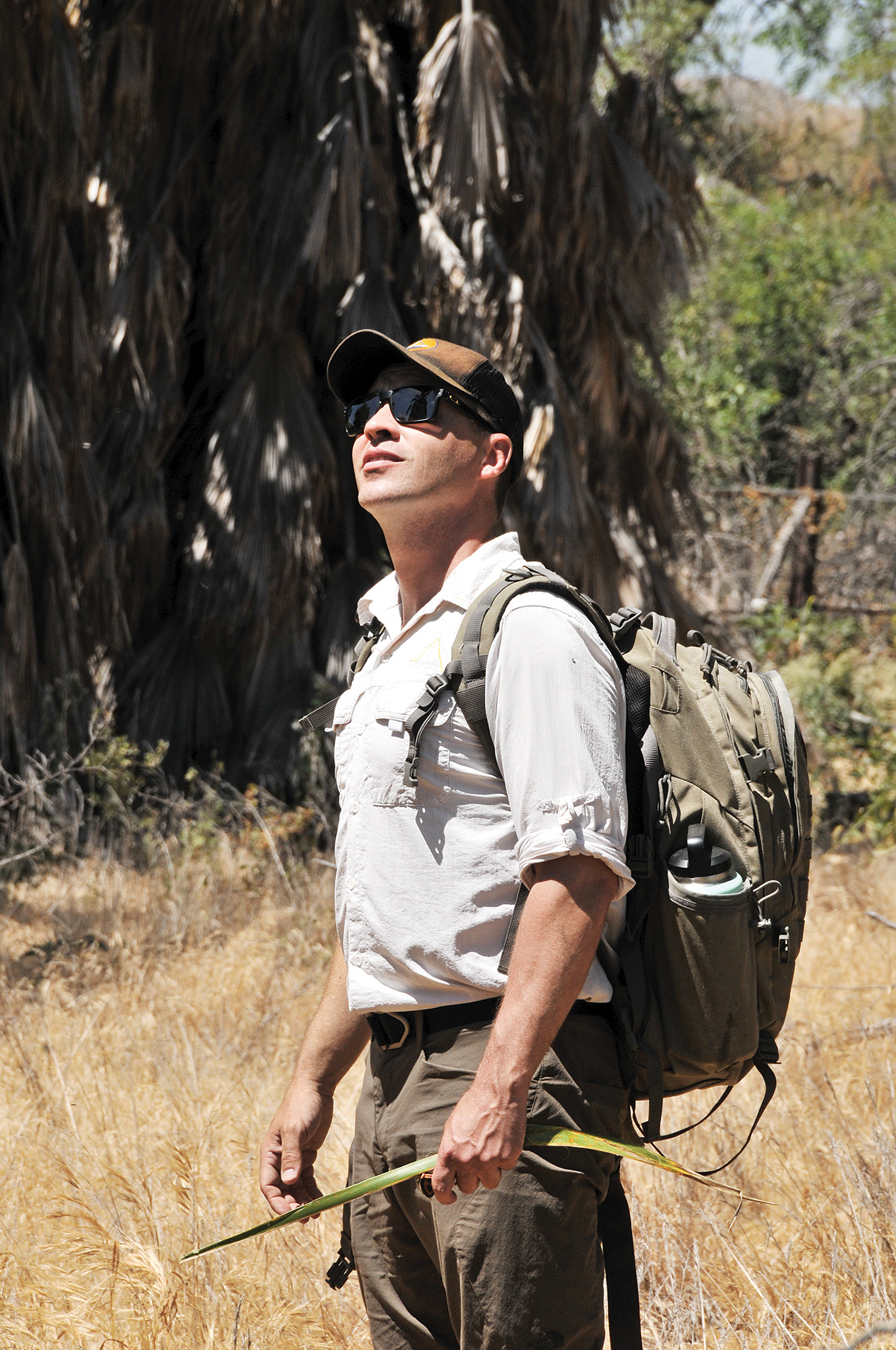
This Man Can Teach You How to Survive in the Wild—Here Are His Essential Tips
Meet the outdoor wilderness instructor training everyone from the U.S. military to urbanites with a penchant for preparedness.

Thomas Coyne is the guy you want on your team when things go sideways. The former wildlands firefighter is now an outdoor wilderness instructor and certifier who’s passionate about cultivating a broader safety culture. We spoke with him about the psychology of disaster training, how survival skills can translate into our daily lives, and the number one skill you need when heading out on the trails.

Mark Saint
Why do you feel survival training is imperative for folks, particularly in this day and age?
For me, survival training is all about empowering individuals to serve as their own first responder when help is not available. The modern EMS system in America is based off of a rule called the “golden hour.” This was created by World War I nurses who worked on active battlefields and took incredible notes. We know if we can get you to care within that critical hour, your chances of survival dramatically increase. If you’re outside, you could be a few hours away from the nearest ambulance station. If anything happens out there, it’s up to you to deal with it way beyond the golden hour.
Who do you feel this type of training most important for?
The most common victim of outdoor emergencies is actually the day user. They don’t have a tent or sleeping bag, so you have to improvise quite a bit. An average Pacific Crest Trail hiker spends hundreds of hours researching what they’re going to do and how they’re going to pack, so they’re much more prepared and aware. Whereas the day user is there for more casual use, with little to no gear, just out there for the ‘gram.
What’s important for the day user to keep in mind before they head out?
You have to get into the way the brain works, decision making, and the autonomic nervous system. Depending on what you’re doing, you have to give people techniques to calm down. You’re freaking out, but the thing is, you need a plan. You have to have techniques to work in extreme pain and extreme fear, so the mindset really comes in.
What are the most critical techniques you teach your students?
I want to push signaling, because people don’t get rescued because they don’t signal enough. You have to signal right away. Believe it or not, there are over 1,100 volunteer rescue teams alone in the U.S., and that doesn’t count fire rescue. But the most difficult skill is firemaking. Improvised fire, like a friction fire, is super hard, especially when you’re cold and wet. Most YouTube videos don’t show you how to do it right with a knife and a water bottle.
Are there any apps or hacks built into new phones that you’d suggest?
There are a lot of great apps that have GPS that work even when you’re not connected. I do teach land nav, but I have GPS Tracks and Gaia GPS. If you get lost, you can pull these up and plot your way back.
What are three crucial pieces of survival gear one should always have?
A way to make a fire or a fire-making kit, a med kit (people freeze to death because they can’t move), and a way to signal. But ultimately, I want to encourage and give people the tools to get out there. The more people that go out in the wilderness, the more they want to respect it and protect it.
Read the Current Issue Here!
Get one year of Sunset—and all kinds of bonuses—for just $24.95. Subscribe now!
